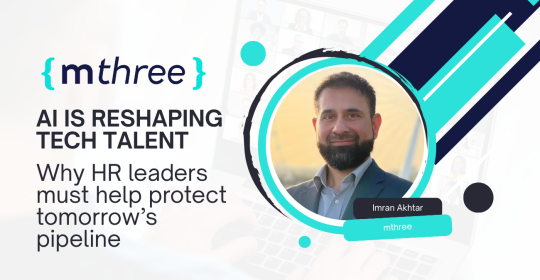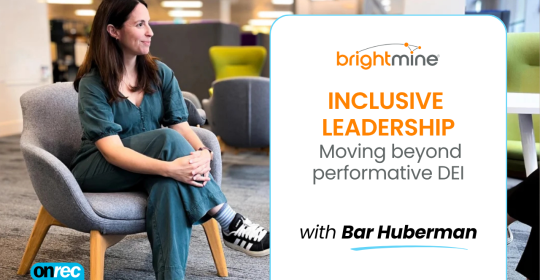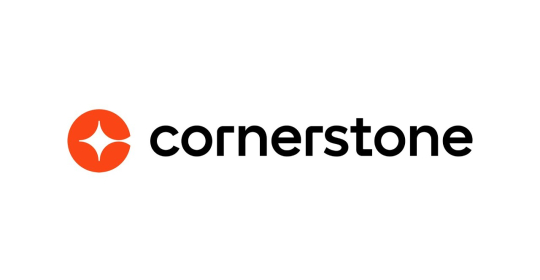Talent acquisition professionals must focus on transforming their techniques to hire top talent if they want to truly build diverse workforces fit for the challenges of 2020 and beyond.
Diversity challenges, talent shortfalls, growing demands from Senior Leadership teams, and fierce competition, have been identified as the biggest challenges for enterprise, meaning that the HR function needs to urgently adapt if it is to prosper.
Charles Hipps, CEO and Founder of Oleeo, explains: “Talent is not missing, it’s out there waiting. Businesses looking to discover more diverse talent, need to explore more diverse sources and unleash the potential they hold. Venturing into new sources with AI can significantly save on both time and cost, by processing a lot more applications, and only recommending the best fit candidates, with diversity in mind, and bias eliminated.”
Modern leaders should consider intelligent selection techniques as being essential when looking to ease unconscious bias burdens. Algorithms can score candidates based on skills and competencies alone without human prejudice.
Recruiters also need to take a long-term approach when it comes to shaping the future of their businesses. By learning from real-time insights, they can be enabled to deliver continuous improvements in efficiency, compliance, and effectiveness. Ultimately, a smoother talent acquisition process will deliver positive results to the bottom line, while improved talent quality will deliver to the top line from day one.
Using gender de-biasing methodology to successfully remove gender redundant encoding and lower potential disparate impact scores are also key to democratising recruitment.
One pioneering way of delivering this is to incorporate technology into the traditional blind screening process. Oleeo has created an algorithm that identifies linguistic factors, such as differences in CV length, readability, and use of certain words, which easily lead to gender identification. Analysis of the average number of words and unique words used by male and female candidates across all sectors showed that female candidate CVs tend to be longer and use a greater variety of words.
Employers need to use intelligent systems which have learnt to disregard proper nouns and other gender identifiable language, in order for their recruiting to be truly fair and transparent.
At a time where equal opportunities are important, adopting tools and techniques such as these will mean that businesses can guarantee minority applicants are satisfying minimum criteria for interviews, whilst more accurately identifying the sources that generate high quality minority applicants.
Hipps concludes: “The automated cycle of recruitment means that there should be a better talent pool of candidates coming through that reflect the leaders of tomorrow. Clever data techniques will recommend candidates who unequivocally perform better and thereby deliver more revenue, profit, or stay longer in the business. It means that a company can go on to use algorithms based on how employees perform in the business, rather than what line managers decide at interview.”
To find out more about diversity hiring and gender-blind recruiting, visit www.oleeo.com







